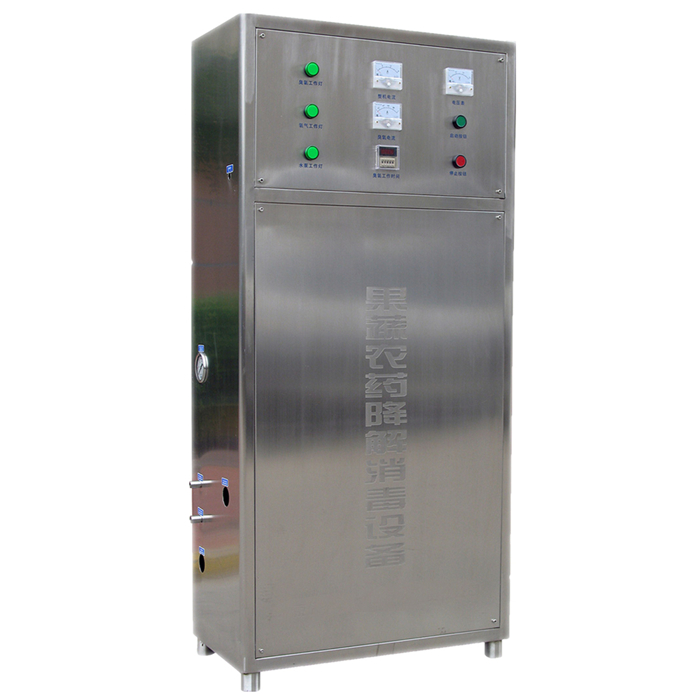According to the structure of the ozone generator, there are two types of gap discharge (DBD) and open. The structural feature of the gap discharge type is that ozone is generated in the gap between the inner and outer electrodes, and the ozone can be collected and output in a concentrated manner and used at a higher concentration, such as for water treatment. The electrodes of the open generator are exposed to the air, and the generated ozone is directly diffused into the air. Due to the low concentration of ozone, it is usually only used for air sterilization in a small space or surface disinfection of some small items. Gap discharge generators can be used instead of open generators. But the cost of gap discharge ozone generator is much higher than that of open type.
According to the cooling method, there are water-cooled type and air-cooled type. When the ozone generator is working, it will generate a lot of heat energy and needs to be cooled, otherwise the ozone will be decomposed while being generated due to high temperature. The water-cooled generator has good cooling effect, stable operation, no ozone attenuation, and can work continuously for a long time, but the structure is complicated and the cost is slightly higher. The cooling effect of the air-cooled type is not ideal, and the ozone attenuation is obvious. High-performance ozone generators with stable overall performance are usually water-cooled. Air cooling is generally only used for middle and low-grade ozone generators with small ozone output. When selecting a generator, try to use a water-cooled type.
Divided by dielectric materials, there are several types of quartz tubes (a type of glass), ceramic plates, ceramic tubes, glass tubes and enamel tubes. At present, ozone generators made of various dielectric materials are sold on the market, and their performances are different. Glass dielectrics are low in cost and stable in performance. They are one of the earliest materials used in artificial ozone production, but their mechanical strength is poor. Ceramics are similar to glass, but ceramics are not suitable for processing, especially in large ozone machines. Enamel is a new type of dielectric material. The combination of dielectric and electrode has high mechanical strength and can be precisely processed with high precision. It is widely used in large and medium-sized ozone generators, but its manufacturing cost is relatively high.
Post time: Jun-08-2023



